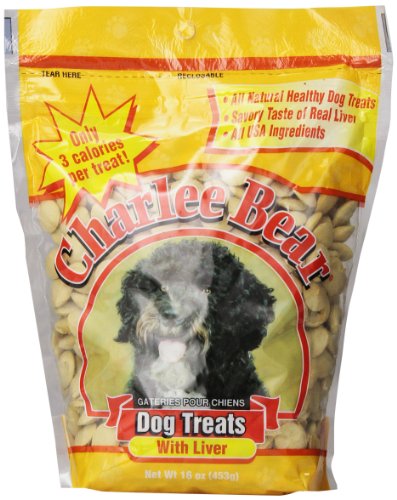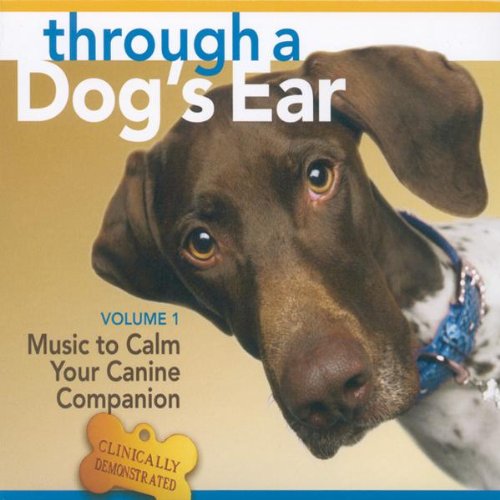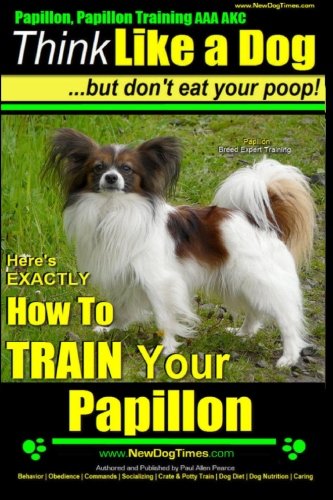
The Rottweiler is a strong, intelligent and very willful. A breed that has performed numerous jobs for humans, it can prove a great pet for the right dog owner. Here's some information and facts about the apprearance, temperement, health issues and training of a magnificent dog.
 The Rottweiler dog breed is an ancient one. Back in the day of the Roman Empire, the legions used the ancestors of these smart and strong dogs to herd the cattle they moved along with them for food. One route the Roman army travelled was through Württemberg to the small market town of Rottweil which became an important cattle area. The army dogs interbred with dogs native to the area and the result was the dog breed named after the town, the Rottweiler.
The Rottweiler dog breed is an ancient one. Back in the day of the Roman Empire, the legions used the ancestors of these smart and strong dogs to herd the cattle they moved along with them for food. One route the Roman army travelled was through Württemberg to the small market town of Rottweil which became an important cattle area. The army dogs interbred with dogs native to the area and the result was the dog breed named after the town, the Rottweiler.
The descendants of the Roman cattle dogs proved their worth by driving the cattle to market and protecting the cattle from robbers and wild animals. The Rottweiler Metzgerhunds, or “butcher dogs”, accompanied butchers on buying expeditions. They carried a money pouch around their neck[1]. Aspiring thieves would have surely thought twice before trying to snatch a pouch guarded by a Rottie!
During the mid-1800s, the driving of cattle was made illegal and, by the end of the 19th century, the breed declined. However, with the dawn of the 20th century the Rottweiler dog breed was revived. Rotties became ideal police and military dogs because of their natural protective instict, trainability and willingness to please.
 Rottweilers are black with clearly defined brown or tan markings on their cheeks and muzzle, chest paws and legs. They are strong and muscular dogs. The males are about 61-68 cm (24-26 inches) in height and the females 56-63 cm (22-25 inches). The average weight is 43-60 kg (95-130 pounds) for males and 43-52 kg (85-115 pounds) for females.
Rottweilers are black with clearly defined brown or tan markings on their cheeks and muzzle, chest paws and legs. They are strong and muscular dogs. The males are about 61-68 cm (24-26 inches) in height and the females 56-63 cm (22-25 inches). The average weight is 43-60 kg (95-130 pounds) for males and 43-52 kg (85-115 pounds) for females.
They have a broad head and a well developed muzzle. Their eyes are of a warm dark brown colour, with a calm, intelligent, but also fearless expression. Rotties have got small drop ears that lie flat to the head. The neck is strong and muscular and the back is straight and firm. The tail is docked This dog breed also has strong legs and short black nails.
Rottweilers have a two layer coat of medium length. The outer layer is thick and coarse while the inner layer is soft and thin. The coat isn't particularly high maintenance, but daily brushing is required during the shedding season to keep it clean and shiny. The life expectancy of a rottie is 10-12 years and the dog reaches maturity at the age of 24 months.

Rottweilers are smart, serious, brave, calm and confident. They are incredibly loyal and protective of their home and family. They are wary of strangers and don't make friends easily. They are highly intelligent and great for police work, search and rescue, tracking, herding, competitive obedience, as watchdogs and guardians for the blind.
Regular mental exercise and stimulation is necessary for Rotties. They should not be left to their own devices! If a Rottie has been neglected excessively, it will usually try, creatively, to get the owner's attention. Rotties are eager to please their owners and are usually quick to learn. Sometimes they can be strong willed and they need to be taught in a firm and consistent manner. Rottweilers are fun loving and very playful animals. They aren't barkers but they usually watch silently in a most stoic way.

The Rottweiler's training should start in early puppyhood. This can actually be a daunting task for someone inexperienced with dogs and the particular breed. The Rottie requires an owner who is calm, confident and can assume the role of the leader. The physical size and strength of the dog should also be taken into account.
Establishing rules that the dog should follow and be consistent with them is very important. Positive reinforcement is a great way to ensure the dog's good behaviour. The rewards can come in the form of treats, toys or praise. Since Rottweilers have a tendency to become overweight you should avoid the excessive use of food treats. Physical dicipline or yelling should never be used in traning because they will only confuse the dog and make it fearful.
Early socialization is critical and it should include as many people, animals and new situations as possible. The Rottweiler is a dog with a dominant nature and they can resort to aggressiveness in unfamiliar situations. Positive social experiences will shape the dog's character in a positive way.

Rottweilers are a relatively healthy, disease-free breed. However, they may suffer from some genetic diseases and health conditions. As most large breeds, they could develop hip and elbow dysplasia. The Rottweiler is very prone to cancer which is one of the most common causes of early death among this particular breed. Early detection is critical, as well as eliminating certain risk factors like obesity. Daily exercise and a balanced diet are highly recommended for Rotties.
The Rottweiler should, of course, be properly vaccinated, to avoid infection by parvovirus, a highly contagious and deadly disease that affects puppies and young dogs[2]. Eye health is very important, too. Cataracts are common in older dogs, but in Rottweilers they might develop as early as age two. Also, Rotties are more likely than other breeds to develop problems with their rur corneas.

In recent years, the breed has received some negative publicity. The lack of understanding of the breed and canine nature in general have increased the tendency to regard the Rottweiler as a vicious and evil dog. Irresponsible ownership and the intentional breeding of aggressive dogs have added to the stereotype of the ferocious killer. In addition, the media's portrayal of this magnificent dog breed isn't a flattering one.
To put things to perspective, this is not a bad breed, but bad breeding can be a serious problem. If a Rottie (any dog for that matter) is mistreated, abused, neglected or doesn't socialize enough, it will develop aggressive behaviour. If the owner wants to use the dog to cultivate a a scary and threatening persona, this may lead to the development of an unreliable and even dangerous animal.
In truth, Rotties are big softies at heart. With the proper care, traning and love they can become an excellent and very loyar companion for the right person or family.
 The Five Most Common Dog Diseases including Ringworm and Mange
Bone Problems in a Dog
Credit: Wikime
The Five Most Common Dog Diseases including Ringworm and Mange
Bone Problems in a Dog
Credit: Wikime
 How Not To Use Treats In Dog Training
Treats are a valuable traini
How Not To Use Treats In Dog Training
Treats are a valuable traini
 Through A Dogs Ear: Sound Therapy For You And Your Dog
Todays Hectic LifestyleIn th
Through A Dogs Ear: Sound Therapy For You And Your Dog
Todays Hectic LifestyleIn th
 How to Winterize Your Outdoor Doghouse
The temperatures are droppin
How to Winterize Your Outdoor Doghouse
The temperatures are droppin
 Great Dog Breeds: the Happy Little Papillon
The first time I was introdu
Great Dog Breeds: the Happy Little Papillon
The first time I was introdu
Copyright © 2005-2016 Pet Information All Rights Reserved
Contact us: www162date@outlook.com